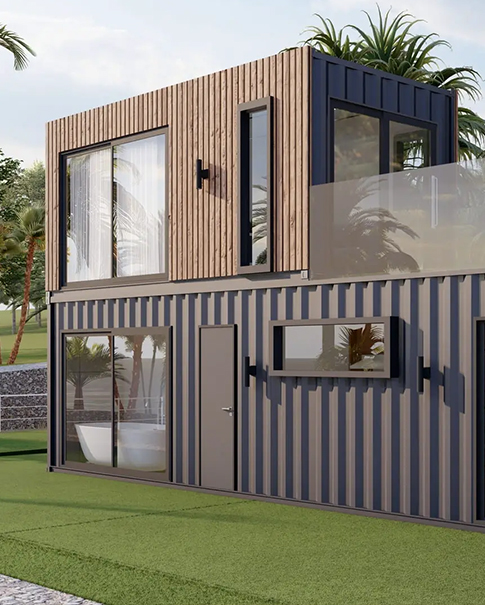Smart greenhouses help modern agricultural transformation
Feb 26, 2025
Smart greenhouses help modern agricultural transformation
As my country's agricultural modernization process accelerates, the greenhouse industry is ushering in a wave of intelligent upgrading. Recently, a reporter visited a modern agricultural demonstration park in Shouguang, Shandong Province and found that by integrating innovative technologies such as the Internet of Things and environmental control, traditional greenhouses have been transformed into "smart factories", achieving a 30% increase in vegetable production while saving 40% of water and fertilizer.
Technological innovation breaks through seasonal restrictions
In the 200-acre smart glass greenhouse, the sensor network monitors more than 20 parameters such as temperature, humidity, and light in real time. The automatic shading system and the circulating fan work together to stabilize the indoor environment in the optimal growth range of crops. Li Gong, the technical director, introduced: "This self-developed environmental control system can simulate a variety of climatic conditions, shortening the growth cycle of crops such as tomatoes and bell peppers by 15%, and achieving uninterrupted production throughout the year."
Digital agriculture empowers fine management
The "Greenhouse Butler" digital platform launched by the park has attracted attention. Farmers can complete the integrated operation of ventilation, lighting, water and fertilizer through mobile phone APP, and the accuracy rate of AI pest and disease identification system is 92%. "In the past, we managed by experience, but now we rely on data." Farmer Wang showed the terminal equipment, "The system warned of thrips pests in advance, and timely prevention and control avoided 30% of the losses."
Policy-driven industrial upgrading
The latest data from the Ministry of Agriculture and Rural Affairs shows that by the end of 2023, the area of new energy-saving greenhouses in the country will exceed 40 million mu, an increase of 65% over five years ago. The Ministry of Finance recently added 2 billion yuan of special funds to focus on supporting technical innovations such as promoting double-layer film greenhouses in cold areas in the north and building typhoon-proof greenhouses in rainy areas in the south. Experts from the Chinese Academy of Agricultural Sciences pointed out: "The output value per unit area of facility agriculture can reach 5-8 times that of open-field planting, which is an important means to ensure food security."
The green transformation has achieved remarkable results
It is worth noting that the new generation of greenhouses are turning from "energy-intensive" to green and low-carbon. The photovoltaic agricultural greenhouse developed by a Beijing technology company can generate 60,000 kWh of electricity per year through the flexible solar panels on the top, while ensuring the light transmittance, thus realizing the three-dimensional profit model of "generating electricity on the roof and growing vegetables in the greenhouse".
Industry insiders analyzed that with the in-depth application of 5G and AI technologies, greenhouses will develop in the direction of modularization and unmanned operation in the future. It is estimated that by 2025, the comprehensive mechanization rate of my country's facility agriculture will exceed 60%, driving the scale of the related industrial chain to exceed the trillion yuan mark.
